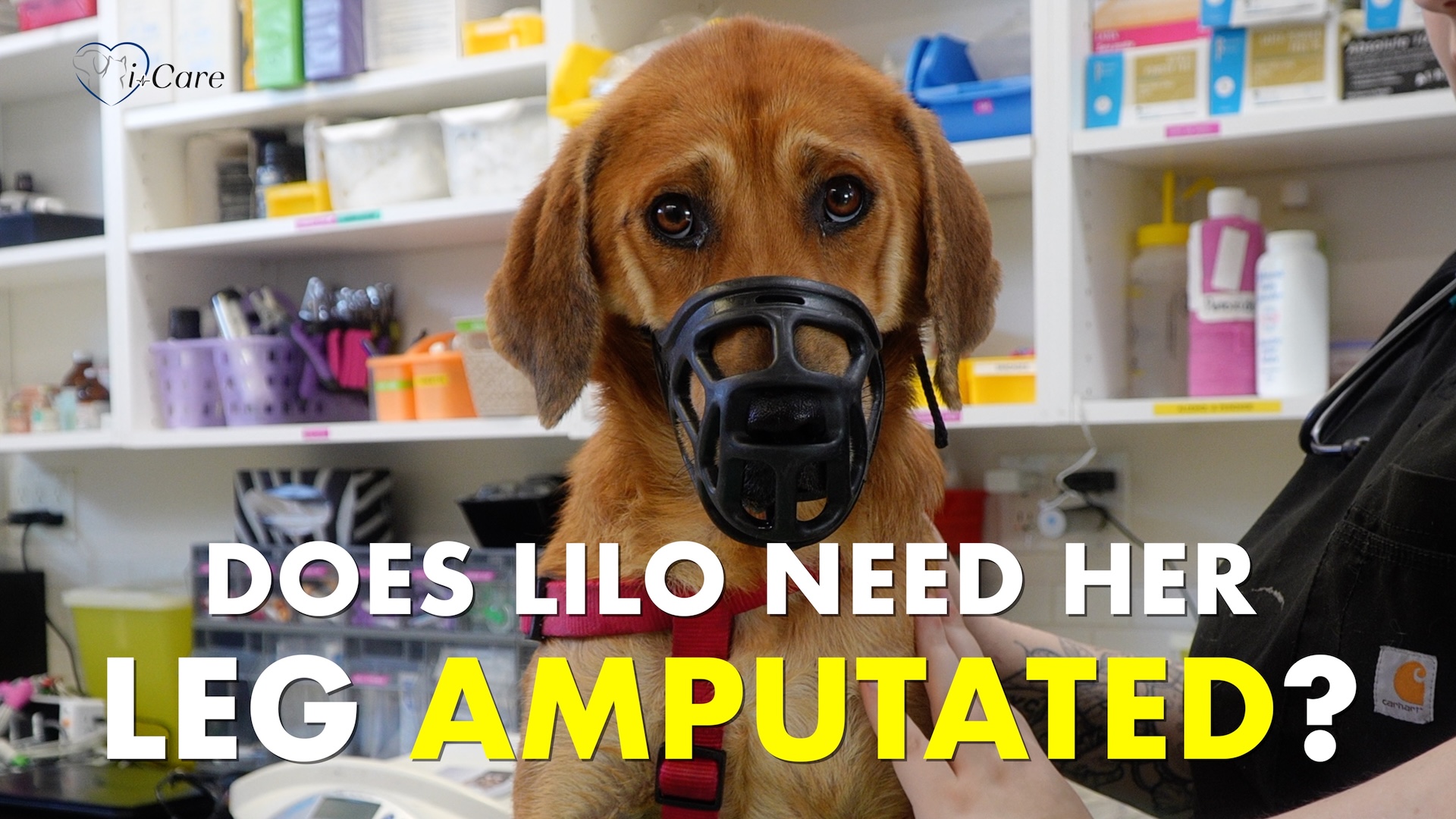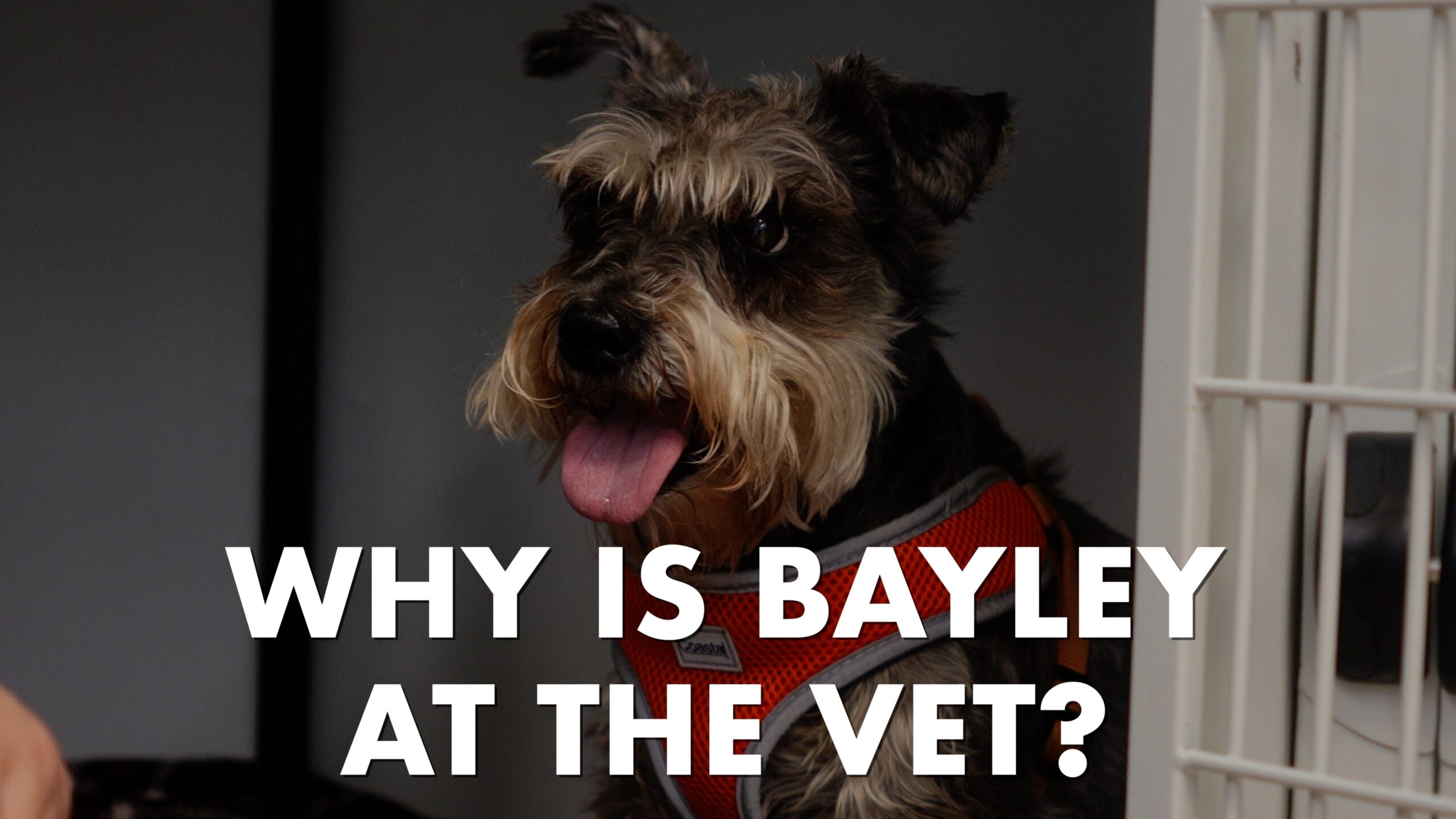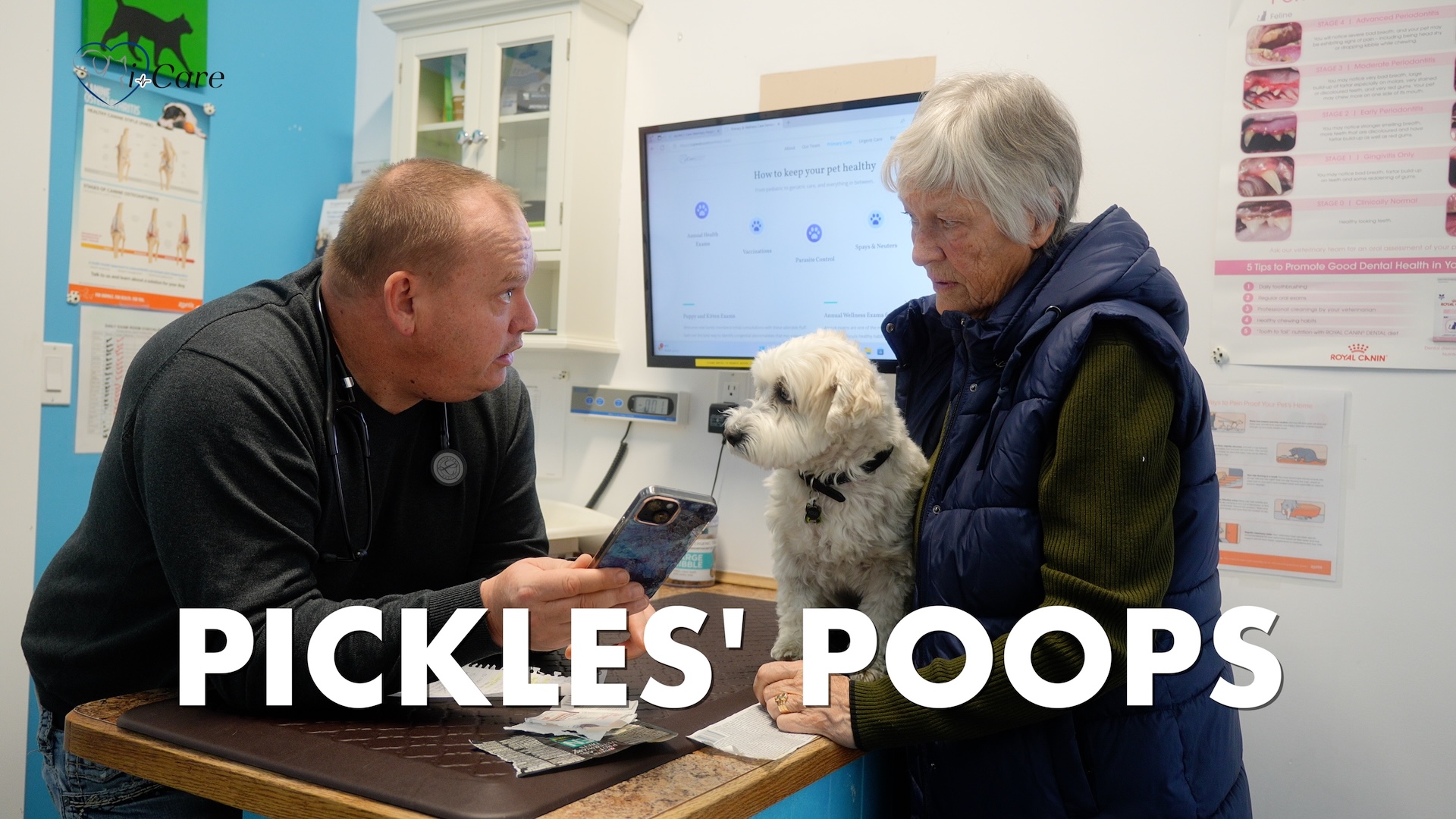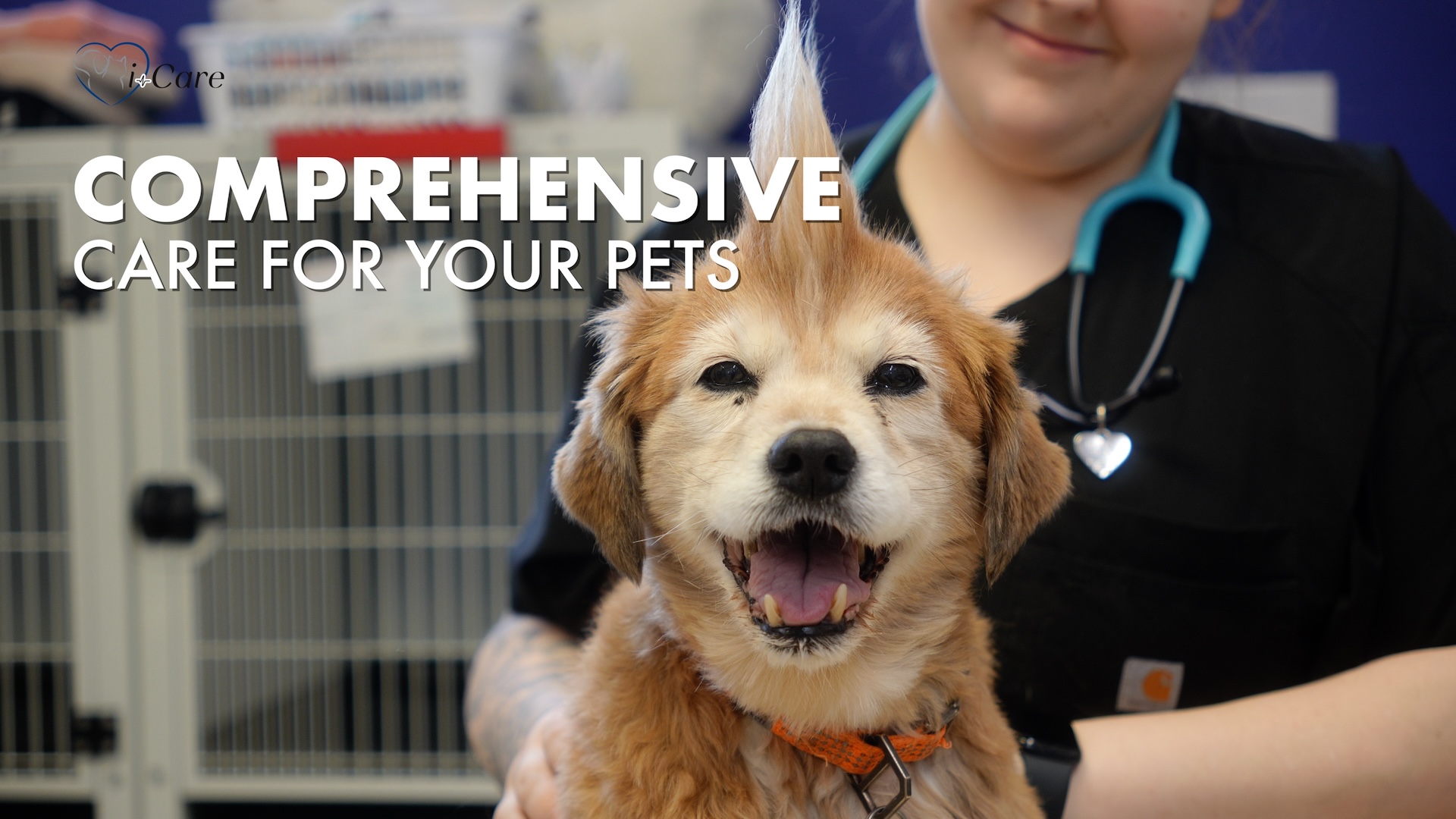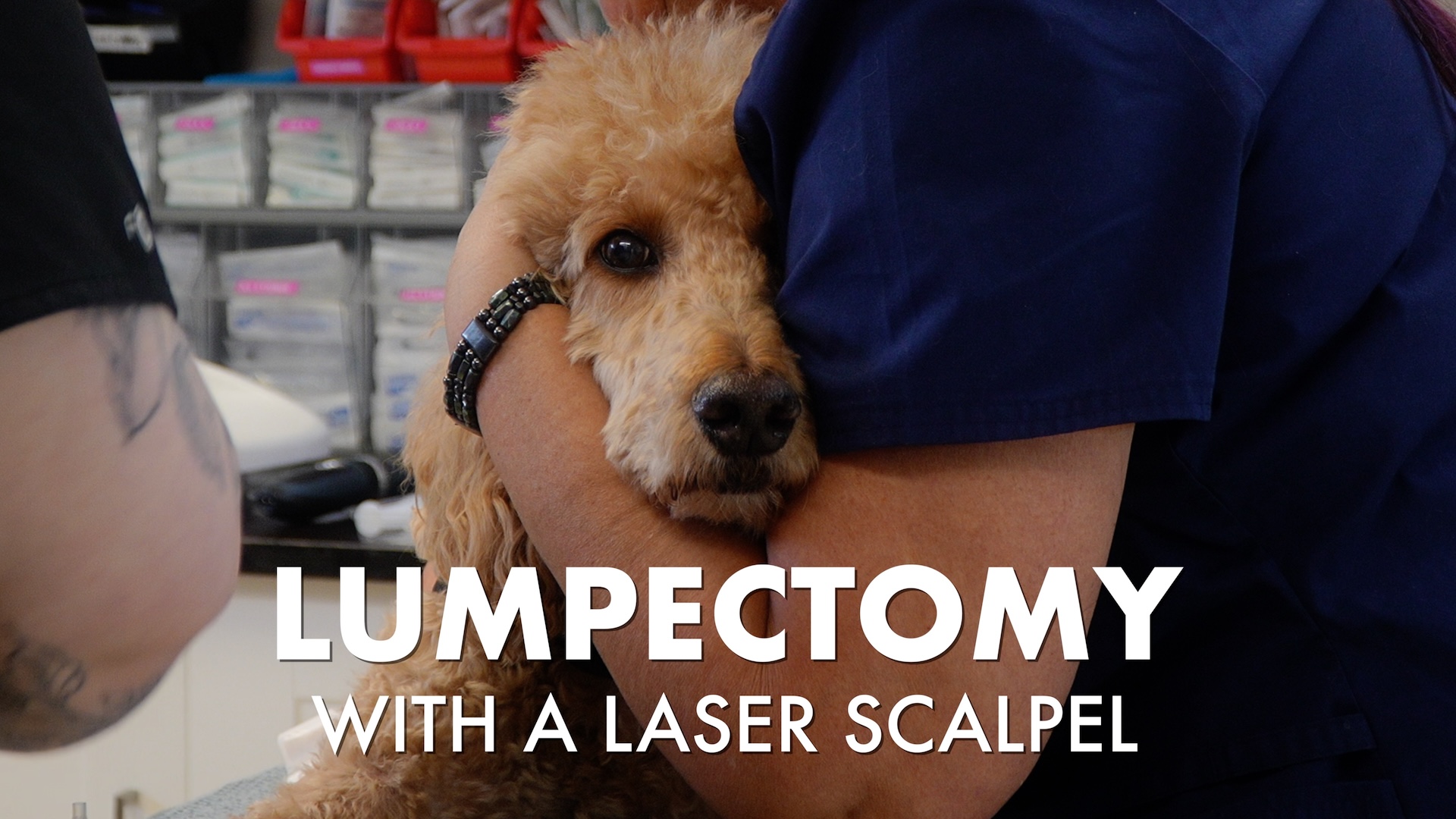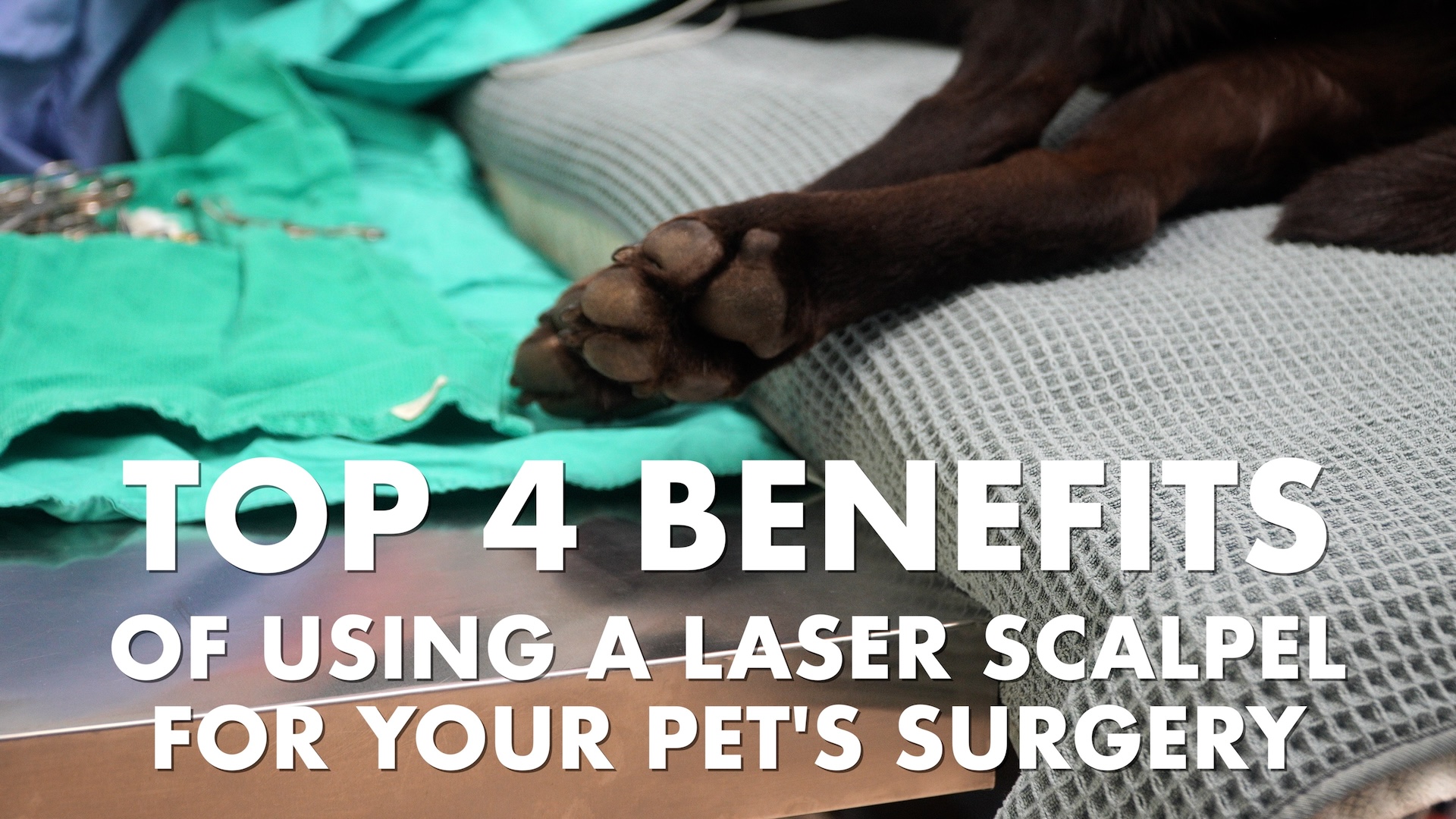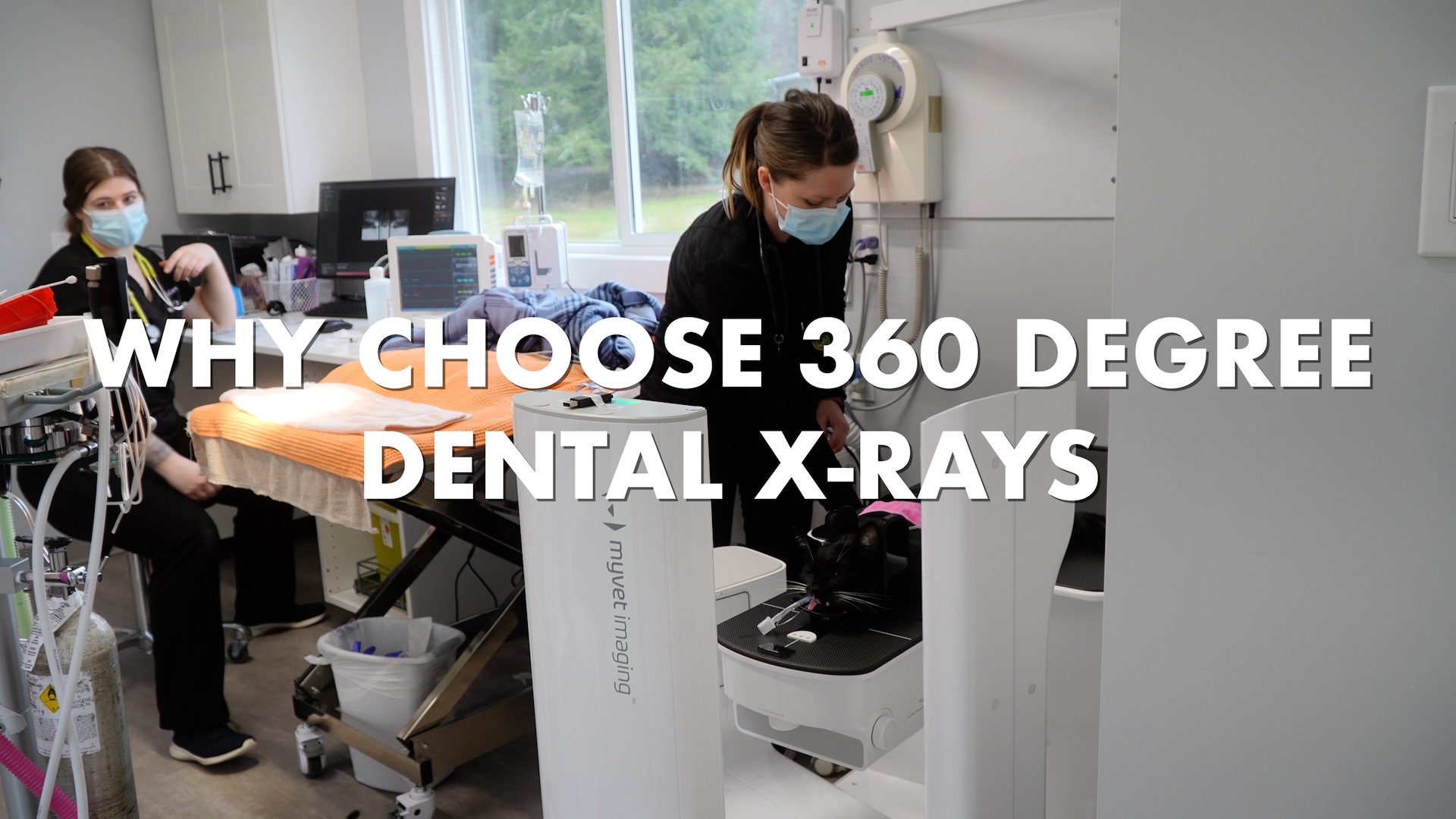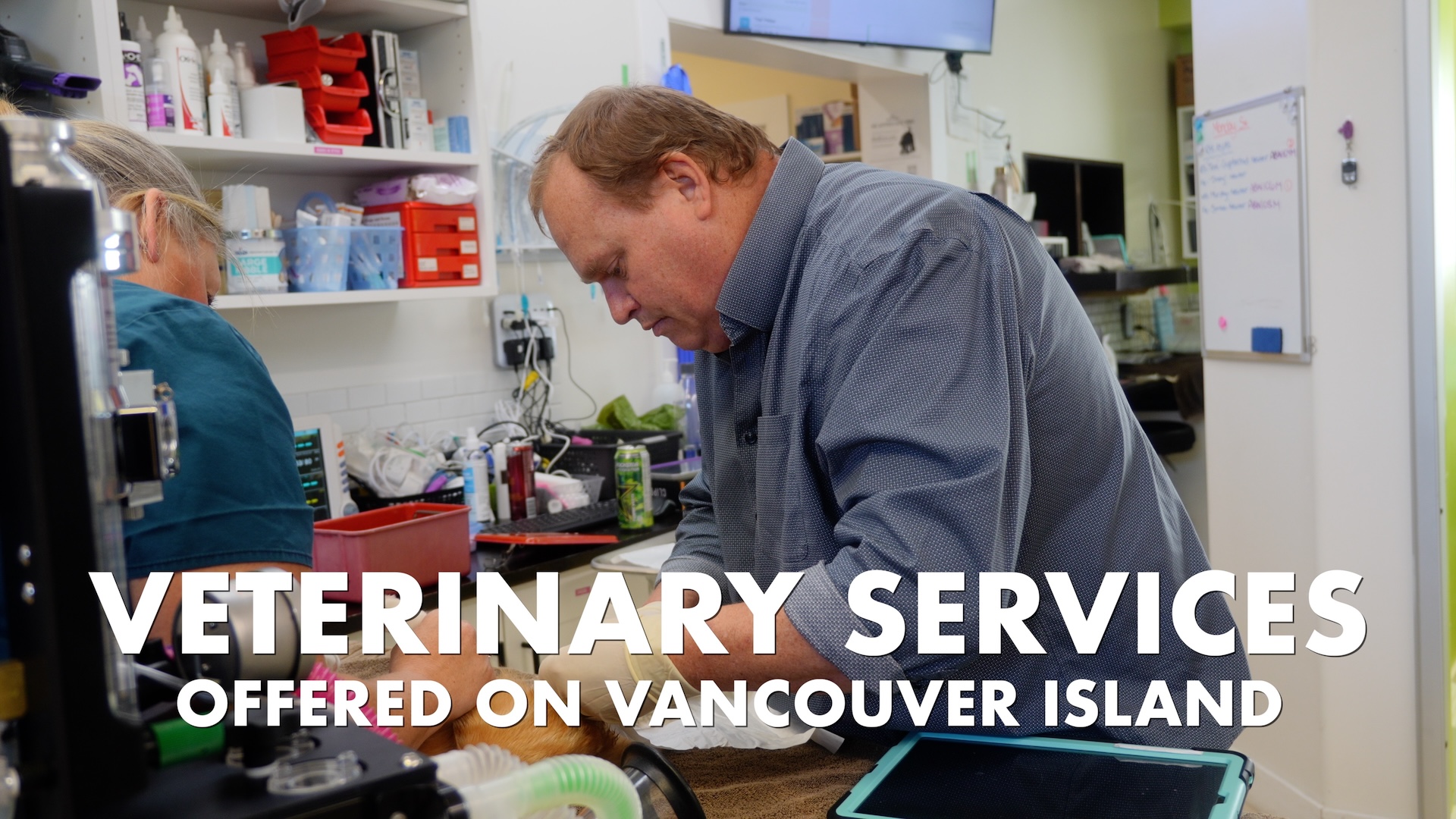04 May Fracture Repair or Amputation for a Dog Hit By a Car?
When a beloved pet like Lilo suffers from a severe injury (in this case, Lilo was hit by a car), it's a traumatic experience for both the pet and their owners. At i-Care Veterinary Hospital, we understand the importance of making informed decisions regarding your pet's health and well-being. In this article, we'll delve into the considerations between fracture repair and amputation, as explained by our Medical Director, Dr. Mortenson. https://youtu.be/MlJyABBC7V8 Fracture Repair vs. Amputation: Lilo, a recent patient at i-Care Veterinary Hospital, faced a difficult situation after being hit by a car. Her left hind leg sustained significant damage, with both the tibia and fibula broken. Initially, the option of amputation was considered due to financial constraints. However, after consulting with Dr. Mortenson, a different approach was chosen – fracture repair. Benefits of Fracture Repair: Dr. Mortenson explains that fracture repair involves stabilizing the broken bones using surgical techniques. In Lilo's case, a plate and rod were utilized to immobilize the fractured bones, allowing for proper healing. This method aims to preserve the limb and restore its function, ultimately providing a better quality of life for the patient. Rehabilitation and Follow-up: Following the fracture repair surgery, Lilo will require careful rehabilitation and monitoring. Dr. Mortenson emphasizes the importance of restricting strenuous activities while encouraging gentle exercise to promote bone healing. Regular follow-up appointments, including X-rays, will assess the progress of Lilo's recovery and ensure optimal healing. Conclusion: The decision between fracture repair and amputation is a complex one, influenced by various factors such as the severity of the injury, the pet's age, and the owner's financial considerations. At i-Care Veterinary Hospital, our dedicated team is committed to providing personalized care tailored to each patient's needs. With expert guidance from veterinarians like Dr. Mortenson, pets like Lilo have the opportunity to regain mobility and lead fulfilling lives following traumatic injuries. If you're facing a similar situation with your pet, don't hesitate to reach out to us at i-Care Veterinary Hospital for compassionate and comprehensive veterinary care....

